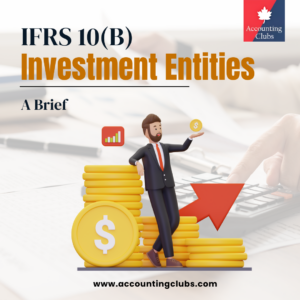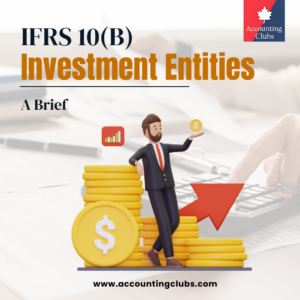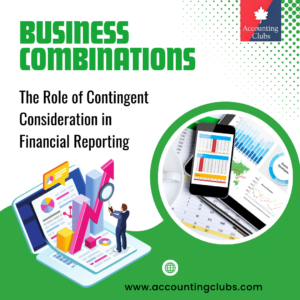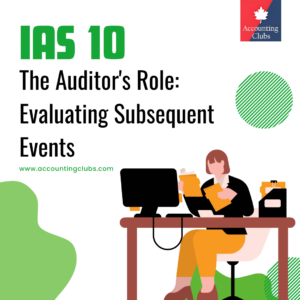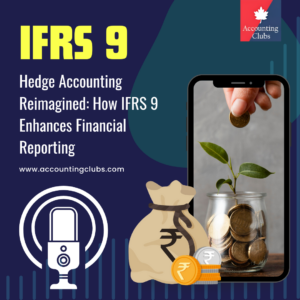Chapter 5: Initial recognition and application of the equity method
Equity accounting begins on the date when an investment becomes an associate or a joint venture. The equity method applies many of the same procedures as purchase accounting under IFRS 3 and consolidation under IFRS 10.
An investment in an associate or a joint venture is initially recognised at cost. An investor might acquire its interest in an associate or a joint venture in a number of ways, and each has an impact on the determination of cost at initial recognition. An interest in an associate or joint venture might be acquired:
- for cash or another financial asset; through an exchange of non-monetary assets, including through contribution of an asset to an associate or joint venture on formation;
- through losing control of a business and retaining an interest that gives the investor significant influence or joint control; or
- through an increase in an existing stake, accompanied by the investor obtaining significant influence or joint control (step acquisition).
Methods of obtaining an equity stake An entity might have an investment in another entity that becomes an associate in a number of ways, for example:
- The entity acquires more than 20% of the voting rights of the other entity outright.
- The entity acquires an additional investment in an undertaking, to bring its voting rights to over 20%.
- The entity has an investment of over 20%, but previously did not have board representation or significant influence over the financial or operating policy decisions of the undertaking. It then gains significant influence. An entity might also increase its stake in an existing associate, continuing to have significant influence but not gaining control.
Any difference between the cost of the investment and the investor’s share of the fair values of the investee’s identifiable assets and liabilities acquired is accounted for as follows: Notional goodwill relating to an associate or a joint venture is included in the carrying amount of the investment.
Bargain purchase gain or negative goodwill (in other words, ‘excess of the entity’s share of the net fair value of the associate’s identifiable assets and liabilities over the cost of the investment’) is included as part of the investor’s share of the associate or joint venture profit or loss in the period in which the investment is acquired.
An associate or a joint venture investment will be stated at an amount greater than its cost after the recognition of a bargain purchase gain at initial recognition. A carrying value in excess of market price is, in substance, an indicator of impairment under IAS 28 (previously IAS 39). Therefore, after recognising a bargain purchase gain, an investment in an associate or joint venture should be tested for impairment.
Long-term loans to associates or joint ventures
An investor might have other financial interests in an associate or a joint venture that, in substance, form part of the net investment in the associate or the joint venture. That interest might take different legal forms, such as preference shares, long-term receivables and loans for which settlement is neither planned nor likely to occur in the foreseeable future.
The long-term interest is part of the net investment in the associate or the joint venture, but it is accounted for under IFRS 9 (IAS 39) rather than under the equity method.
A long-term interest is initially recognised as a financial asset by the investor at fair value in accordance with IFRS 9 (IAS 39), and it is subsequently measured in accordance with that standard.
Presentation of long-term loans to associates Entity A owns 25% of entity B’s equity share capital. Entity A has significant influence over entity B and, therefore, entity B is an associate of entity A. Entity A also owns 75% of entity B’s 7% cumulative preference share capital (that is, 1.5 million preference shares with a nominal value of C1 each).
The interest in the preference share capital is considered to be part of the entity’s net investment in the associate.
For simplicity, it is assumed (for the purpose of this example) that no goodwill arose on the acquisition of the associate and that fair value equalled book value. Entity B’s balance sheet is as follows:
C’m Fixed assets 7.0 Inventories 1.5 Trade receivables 1.0 Cash .05 Trade payables (3.0) Preference shares (treated as debt) (2.0) Net assets 5.0 The amount that entity A equity accounts for is 25% of C5 million (that is, C1.25 million). This amount is shown in the entity’s consolidated (or economic interest) financial statements as ‘investments accounted for using the equity method’. The preference share capital’s cost of C1.5 million (75% of C2 million) represents its fair value on initial recognition.
The preference share capital is initially recognised as a financial asset at fair value in accordance with IFRS 9 (IAS 39), and it is subsequently measured in accordance with that standard. This amount is shown in the entity’s consolidated (or economic interest) financial statements as a financial asset. Practice varies for the balance sheet presentation.
IAS 1 requires investments accounted for using the equity method to be shown as a line item on the balance sheet. The equity investment in an associate and any other long term-interests can be shown under separate line items in line with their different measurement bases (for instance, ‘investments accounted for under the equity method’ and within ‘financial assets’).
Under this approach, the equity-accounted amount of C1.25 million would be shown separately from the interest in the preference shares.
Alternatively, on the basis that, under IAS 28, the interest in an associate is it carrying amount determined using the equity method, together with any long-term interests that, in substance, form part of the entity’s net investment in the associate, these could be shown as a single line item in the balance sheet (for instance, ‘investment in associates’), with sufficient disclosure in the notes of the component parts of the investment.
Measurement of long-term interests that, in substance, form part of the net investment In October 2017, the IASB issued amendments to IAS 28. The amendments clarify that IFRS 9 applies to long-term interests in associates or joint ventures. Long-term interests are interests that, in substance, form part of the net investment but are not accounted for using equity accounting. The Board clarified in IAS 28 that:
- the IFRS 9 requirements are applied to long-term interests before applying the loss allocation and impairment requirements of IAS 28; and
- the entity should not take account of any adjustments to the carrying amount of long-term interests that result from the application of IAS 28, when applying the IFRS 9 requirements.
The illustrative example of the IAS 28 Amendment portrays a comprehensive scenario illustrating how an entity (investor) accounts for various long-term interests that, in substance, form part of the entity’s net investment in an associate (long-term interests) applying IFRS 9 in accounting for its long-term interests and IAS 28 to its net investment in the associate, which includes those long-term interests.
These amendments are effective from 1 January 2019, with earlier application permitted. Retrospective application would be required in accordance with IAS 8.
Transition requirements for entities that apply the amendments after they first apply IFRS 9 would be similar to those in IFRS 9 regarding classification and measurement.
Question 1:
An investor has a 20%-owned associate, accounted for using the equity method. The investor has issued a loan of C100 to this associate and has recognised an ECL impairment loss of C10 (that is, the net book value of the loan in the investor’s books is C90).
How should the investor account for this impairment loss in its financial statements?
Answer 1:
The investor should apply the IFRS 9 impairment considerations on the loan. No (elimination) adjustment should be applied to the impairment loss.
Question 2:
An investor holds 20% of the class A ordinary shares in the issuer entity (equity investment) and 20% of the preference shares paying a 10% coupon (an obligation).
The preference shares have the same voting rights as ordinary shares but have a fixed return. From the perspective of the issuer, under IAS 32, the preference shares would be debt instruments.
How should the investor account for the investment in the ordinary and preference shares in its consolidated financial statements?
Answer 2:
The investment in the ordinary shares is accounted for under IAS 28. The investment in the preference shares is accounted for under IFRS 9, and is subject to IFRS 9’s ECL model, but forms part of the investor’s net investment in the issuer that is tested for impairment under IAS 28.
Question 3:
An investor holds 20% of the class A ordinary shares in the issuer entity which provide voting rights and access to profits. The terms of the class A ordinary shares require the issuer to distribute all its available profits to class A shareholders.
The investor, as holder of 20% of the shares, is entitled to 20% of the profits. From the perspective of the issuer, under IAS 32, the class A shares would be debt instruments due to the contractual obligation to pay dividends.
How should the investor account for the investment in the class A ordinary shares in its consolidated financial statements?
Answer 3:
The investment in class A ordinary shares is accounted for using the equity method as prescribed by IAS 28 because the shares contain voting rights and give access to the returns associated with an ownership interest.

